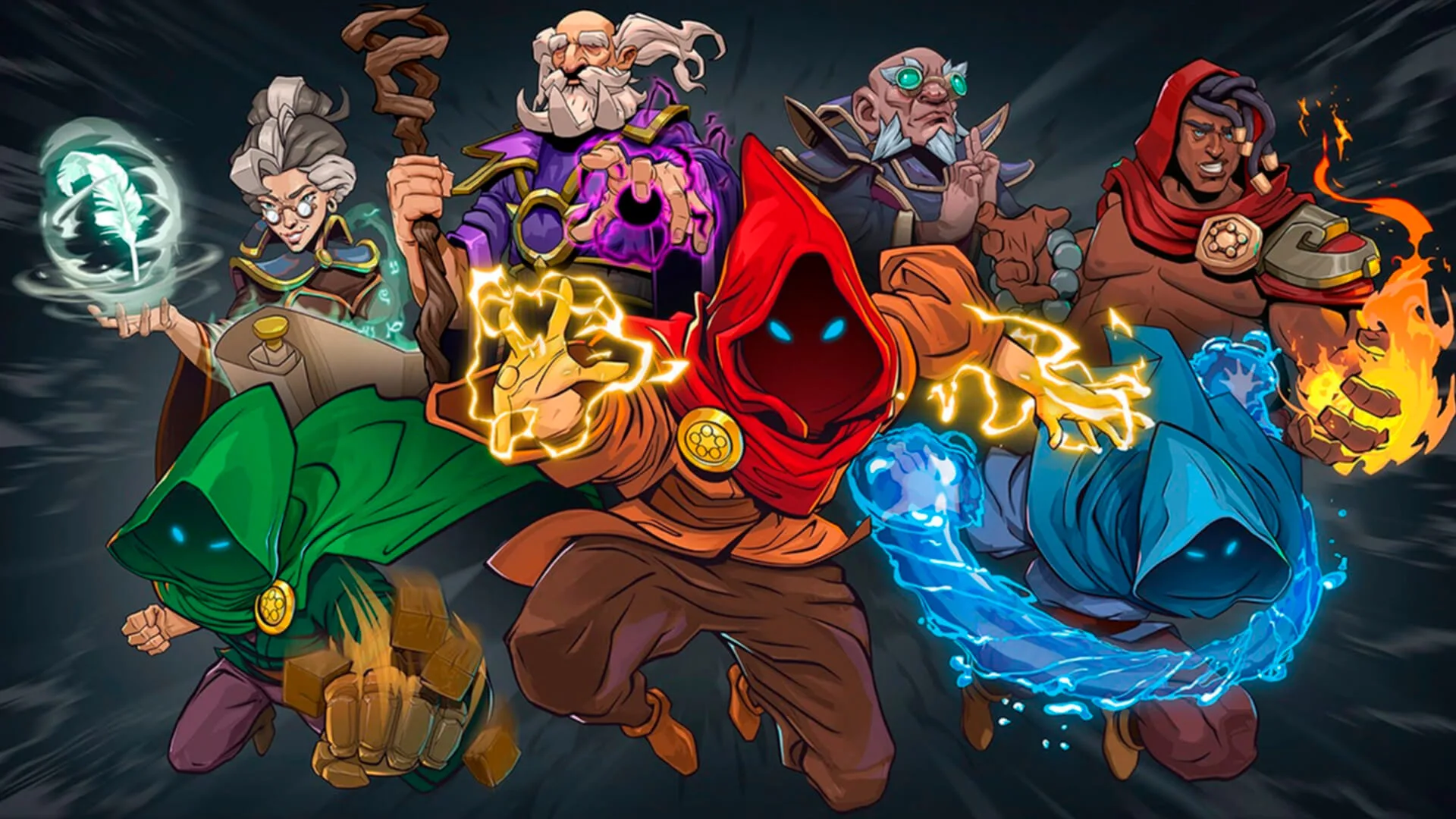Ridiculous is a word I could easily associate to Metal Gear Rising: Revengeance. Although at first, that word might bring a negative light to anything it’s tied to, no other comes close to more aptly describing Revengeance. It’s ridiculously gory. Ridiculously over the top. It’s ridiculously fun, although it can get ridiculously frustrating at spots.
Metal Gear Rising is Platinum Games’ answer to what a Metal Gear game would be like if it didn’t rely on stealth mechanics and instead focused on just being plain crazy. Platinum already had a sizeable list of bat shit insane games that includes and is not limited to Bayonetta, so I’m not particularly surprised that Revengeance turned out so well.
Guns of the Patriots had already completely remolded Raiden into what was expected to appease fans who hated him in Metal Gear Solid 2, although they never got to experience things from his perspective in that particular game. But patience, as they say, is a virtue.
If you thought that cutting a handful of soldiers in half during Metal Gear Solid 4 was already pushing it into the silly zone, you’ll be in for a treat in Revengeance. Set four years after ‘Patriots, Revengeance weaves a shallow (albeit absolutely fitting to Metal Gear-style of mad) tale of political intrigue, as a new corporation rises to power and with it, the world is once again in peril.

Much like the latest Deus Ex, the subject of cybernetics is in the spotlight in Metal Gear Rising. Not nearly as heavily delivered, although ever present, the far-flung technology from an not at all future serves as the reason to why everyone’s going crazy, including Raiden, and gives a perfect excuse to be as gory and violent as possible – after all, the things you’re cutting are barely human, right?
Cutting is a huge part of Revenegeance. Playing much like an even faster paced Ninja Gaiden game, ‘Rising adds a new gimmick to the formula in the form of freely cutting up enemies in many, many pieces, at the press of a button. Early on in the story, Raiden receives an implant that’s powered by absorbing nanomachines that are contained inside cyborgs.
This cutting in slow motion mechanic is easily one of the most entertaining parts of Revengeance, mostly due to how elaborate some of the combat animations can get before the actual cutting comes into play, and how unpredictable the Havok engine powered physics can be after slicing and dicing.
 As they say, nothing can get between a man and his meal.
As they say, nothing can get between a man and his meal.
Combat is a lot like the list of usual suspects in the character action genre. It’s very quick and combo heavy and relies heavily on parrying enemy attacks and countering. Countering and parrying aren’t assigned to a dedicated button, though. Instead, it relies on enemies’ tells and your timely pushing the analog stick towards them and pressing the attack button, which basically means you’re always on the offensive throughout the game.
Smartly enough, the further you progress in Revengeance not only do more upgrades become available, in the form of new moves and stronger stats, but also new weapons to include within combos, adding more depth to the combat, without slowing it down. In fact, the further you get into the upgrade tree, the quicker and more fluid it becomes, which is something to commend Platinum for, because enemies don’t slow down in comparison as you evolve.
Your foes come in a variety of shape and sizes. Those weird mooing bipedal robots from Metal Gear Solid 4 make a comeback, as well as new variations to their formula, in the form of razorback apes, raptors and even smaller variations to the Metal Gear REX design. Speaking of Metal Gear, some new versions of the series’ hallmark turn up as bosses that are peppered throughout the game.

Keeping with tradition, Revengeance‘s boss fights are just as singular to the rest of the game as the classic fights from earlier Metal Gear and Solid‘s. Although some of the later fights rely a little too heavily on quick time events – quick reflex button prompts that appear on screen – instead of actual gameplay, they prove to be quite a challenge, especially on later difficulties.
Revengeance is a game tailored for multiple playthroughs, on various difficulty settings. Proved true by its relatively short story mode, you’re given the option to replay the entire thing again with a more powerful, upgraded version of Raiden in order to improve combat scores and find collectibles, which in turn unlock bonus equipment and achievements/trophies.
For the ones that only play a game through once and shelf it, ‘Rising is fairly robust, mostly due to its inherent difficulty. Most of its true replayability will rely on you wanting to get better at it and get beat on on harder settings. Some of its bigger faults might make you want to stop and take a deep breath in between levels.
The most serious and arguably annoyingest issue is the camera, a foe known to so many games of Revengeance‘s ilk. Relegated to the right analog stick, it goes all over the place at times, except where you want it to be – on the action – while you’re getting hit, leaving you without a chance to block or counter attack. For a game that relies on reading enemy tells, this is a serious issue. Even though it’s not as common as in other games, it’s still frustrating.
While not the smartest or the most concise of games, Metal Gear Rising: Revengeance works extremely well. Regardless of some of its problems, it’s one of the best examples of crossing genres within a well-spent franchise. And even though Metal Gear – in whatever state it’s in, solid, liquid or whatever – is no stranger to experimenting and dipping its toes into different pools, Revengeance can be considered the best variation outside of stealth action. It’s a game worth cutting into, pun most certainly intended.





